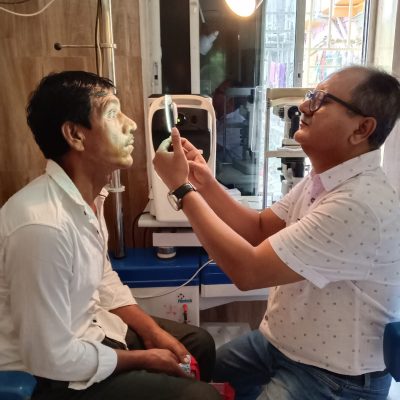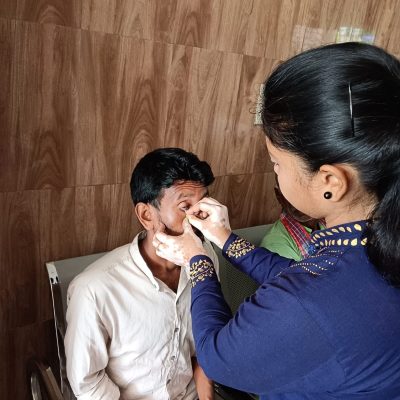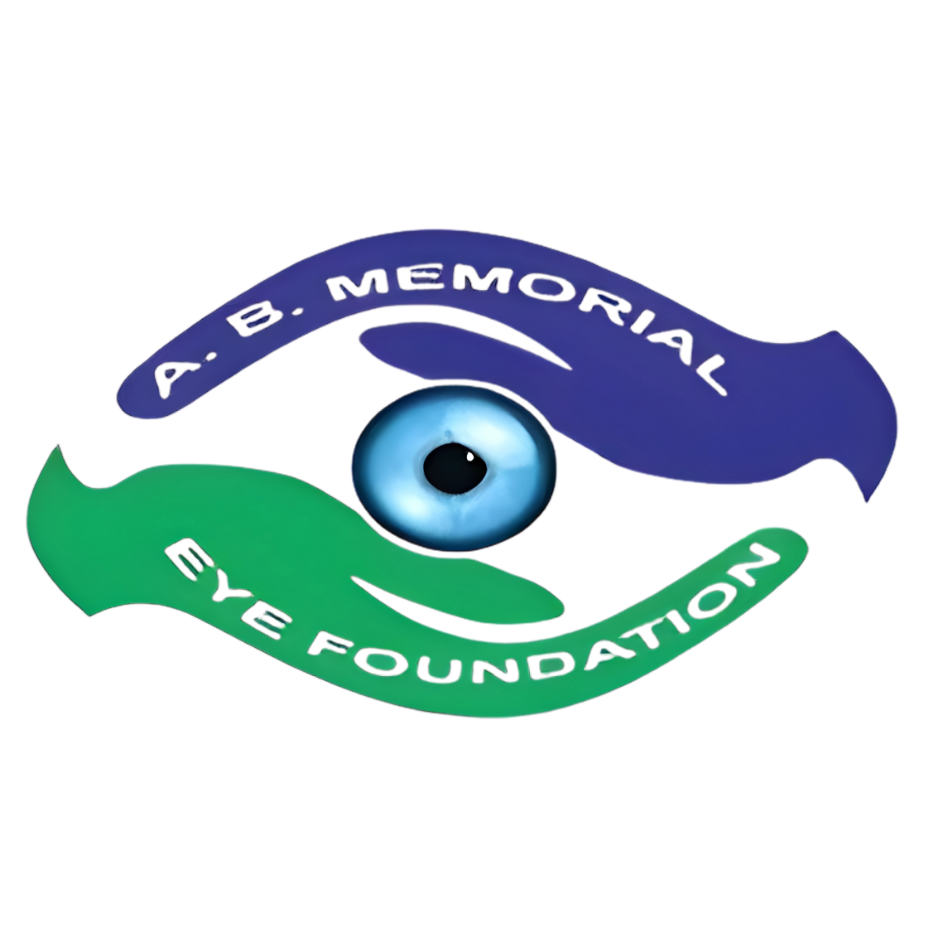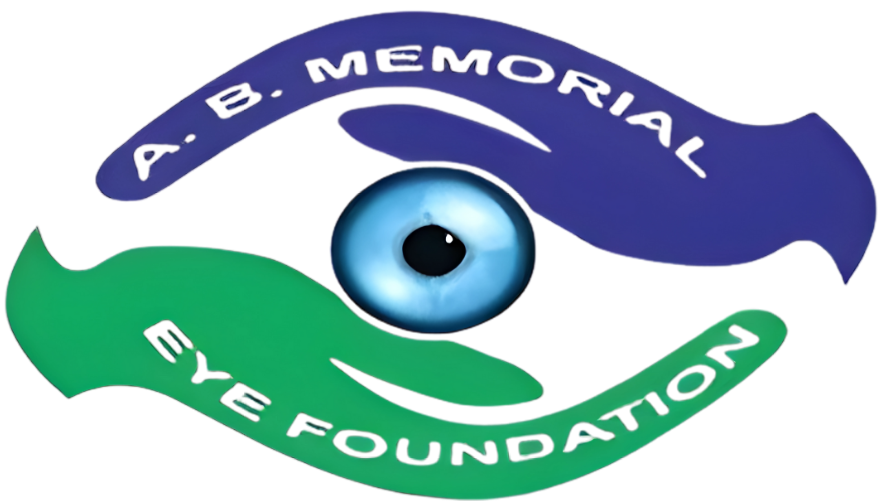Glaucoma Surgery
Opening Hours
We are open throughout the week to serve you with the best care possible.
Monday
07:00AM - 08:00PM
Tuesday
07:00AM - 08:00PM
Wednesday
07:00AM - 08:00PM
Thursday
07:00AM - 08:00PM
Friday
07:00AM - 08:00PM
Saturday
07:00AM - 08:00PM
Sunday
07:00AM - 08:00PM
Glaucoma Surgery: Protecting Vision, Preserving Life
Glaucoma Surgery Treatment is considered when eye drops or laser therapy are not enough to control intraocular pressure (IOP). The aim of surgery is to reduce eye pressure and protect the optic nerve from further damage. One of the most widely performed procedures is Trabeculectomy, where a small surgical opening is created in the eye wall to allow excess fluid (aqueous humor) to drain out, thereby lowering eye pressure. Another modern approach is Minimally Invasive Glaucoma Surgery (MIGS), which uses tiny devices and techniques to improve fluid outflow with less tissue disruption, faster healing, and fewer complications compared to traditional surgery. While trabeculectomy is often used for advanced cases of glaucoma, MIGS is generally recommended for mild to moderate cases and can sometimes be combined with cataract surgery. Both procedures are highly effective in preserving vision, but regular follow-up is essential to ensure long-term eye health and pressure control.
Glaucoma Symptoms
- Gradual Loss of Peripheral (side) Vision
- Tunnel Vision in Advanced Stages
- Severe Eye Pain
- Headaches
- Halos Around Lights
- Blurred or Hazy Vision
- Eye Redness
- Nausea and Vomiting
- Sudden Vision Loss
- Difficulty Seeing in Low Light
Treatment of Glaucoma
Glaucoma Treatment aims to lower eye pressure and protect vision. It may include eye drops, laser therapy, or surgery such as trabeculectomy and MIGS. While treatment cannot restore lost vision, it helps slow down the disease and preserve eyesight with regular follow-ups.






